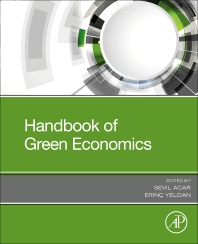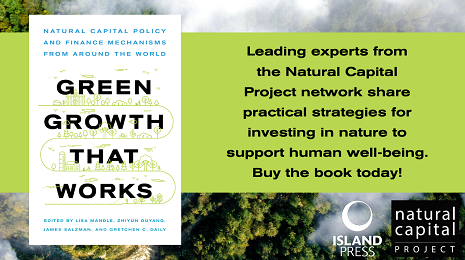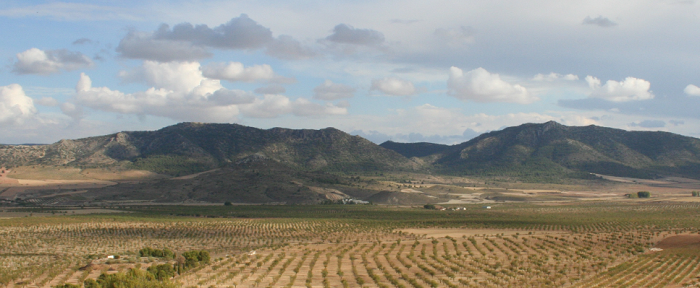Handbook of Green Economics reveals the breadth and depth of advanced research on sustainability and growth, also identifying opportunities for future developments. Through its multidimensional examination, it demonstrates how overarching concepts, such as green growth, low carbon economy, circular economy and others work together. Some chapters reflect on different discourses on the green economy, including pro-growth perspectives and transformative approaches that entail de-growth. Others argue that green policies can spark economic innovation, particularly in developing and emerging market economies. [Read more…] about Handbook of Green Economics
Publications
Green Growth That Works
Green Growth That Works: Natural Capital Policy and Finance Mechanisms Around The World is a practical guide offering proven techniques for planning and achieving nature-based solutions. Edited by leading experts from the Natural Capital Project, the book is designed to be a toolbox of tried-and-true policy and finance mechanisms for implementing inclusive green growth around the world.
The book is available on the Island Press website, Amazon and through local bookstores.
SWG 9 – Indigenous people & local communities: publications
Two new publications from SWG9:
- Sangha, K.K., Stoeckl, N., Crossman, N., Costanza, R., 2019. A state-wide economic assessment of coastal and marine ecosystem services to inform sustainable development policies in the Northern Territory, Australia. Marine Policy 107, 103595. https://doi.org/10.1016/j.ecoser.2019.100991
- Sangha, K.K., Maynard, S., Pearson, J., Dobriyal, P., Badola, R., Hussain, S.A., 2019. Recognising the role of local and Indigenous communities in managing natural resources for the greater public benefit: Case studies from Asia and Oceania region. Ecosystem Services 39, 100991. https://doi.org/10.1016/j.ecoser.2019.100991
Soil quality indicators – From soil functions to ecosystem services
The recently published article “Soil quality indicators – From soil functions to ecosystem services” shows how a soil quality index based on ecosystem services (ES) and soil functions was developed by coupling 10 soil functions with 16 ES. This ES-based soil quality index emphasizes the multi-functionality of soils and illustrates an effective trade-off assessment together with considerations of various stakeholder interests.
Find the full article here.
Building the investment case for business-driven landscape restoration
In this recent publication Rudolf de Groot, Associate Professor, Environmental Systems Analysis (ESA-WUR) and Chair Ecosystem Services Partnership, and Simon Moolenaar (PhD) Head of Science & Education at Commonland lay out the case for business-driven landscape restoration and introduce the “Guidelines for Integrated Assessment to value and capture the benefits of landscape restoration, nature conservation and sustainable ecosystem management”.
The Guidelines are a practical methodology developed to analyze, quantify, and where possible, monetize the benefits of large-scale landscape restoration. [Read more…] about Building the investment case for business-driven landscape restoration




